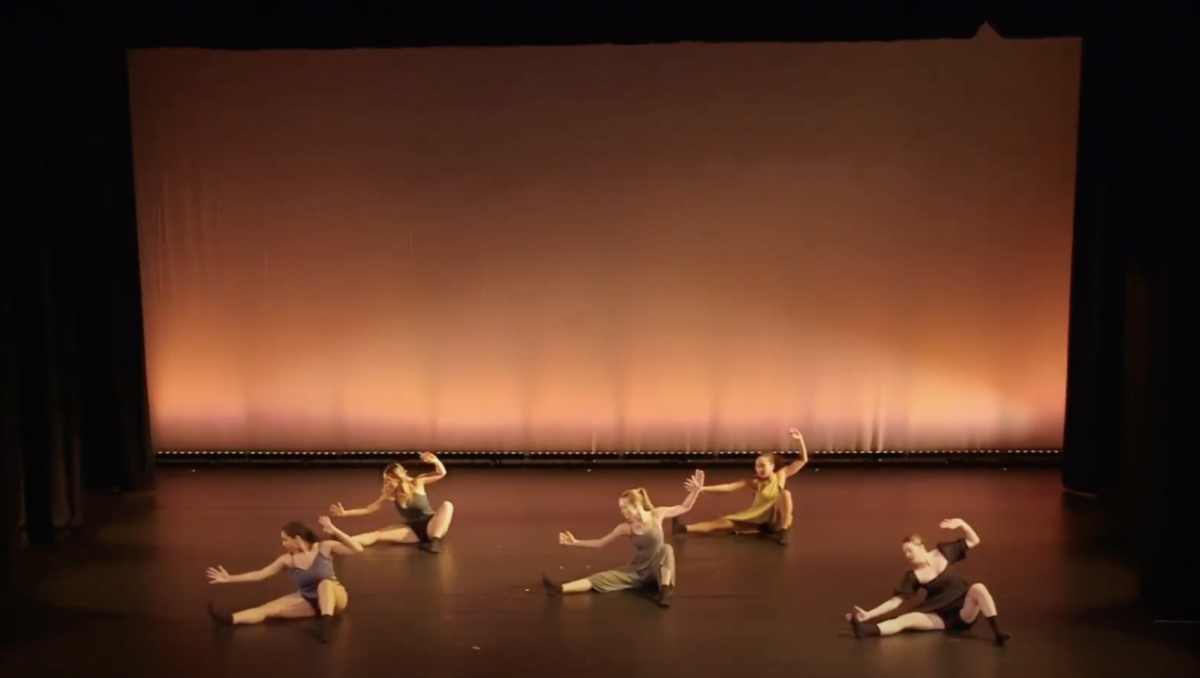The event was co-sponsored by the Office of Community Engagement, the Justice and Peace Studies Program, the American Studies Department and the African Studies Program. Terrence Johnson, associate professor of religion and government, introduced Brooks and addressed the historic partnership between Jews and blacks in the 20th century, especially during the Civil Rights Movement.
“When we think about the 1960s, the so-called golden age of the relationship between African-Americans and Jews, I think it’s important to take note that it’s a lot deeper than the folks who are the most prominent,” Brooks said.
Brooks highlighted that the propagation of racist and anti-Semitic tropes since the election season has made it more imperative than ever that blacks and Jews unite.
“We have an administration committed to taking us backward,” Brooks said. “We have two communities who are committed as a consequence of a canon of social justice to stand in opposition to it unapologetically.”
Brooks said that any reluctance to support the Black Lives Matter premise is empty and wrongheaded.
“Black Lives Matter is the moral predicate to the ethical conclusion that all lives matter. Unless the first is true, the second can never be true,” Brooks said.
Brooks rallied against the notion that Jews and blacks only fit together tactically, instead arguing that a shared commitment to justice through faith binds the two groups together.
“This is not just a union of convenience. The movement of the 1960s was based in the churches and the synagogues — it had a moral impulse to it,” Brooks said. “To the extent, across the country, we are seeing a return to grounding our efforts in faith. I think that is a moment for hope.”
Collaborating through faith and broad ideals has more lasting power than agreeing on specific issues alone, according to Brooks.
“If we are united by what we believe in as opposed to merely what we agree on, we will be together long enough to agree on more,” Brooks said.
Brooks noted the solidarity the NAACP has shown to harassed Jewish journalists on Twitter as evidence of the benefits of solidarity between the two groups.
“When we saw alt-right anti-Semites putting echo symbols around the names of Jewish journalists, we put echo symbols around the name of the NAACP and my name,” Brooks said. “We wanted to make it abundantly clear that these are our people too.”
Brooks maintained that absolute agreement on every problem is not necessary for a functional and productive relationship, pointing to often-differing views between members of the two groups on Israel and Zionism.
“We cannot paper over political differences with respect to affirmative action or differences with respect to Israel or the platform for black lives, or any of the differences that may stand to separate our communities,” Brooks said. “But we must fundamentally understand that we need not have consensus to appreciate that we share a moral foundation.”
Brooks extended his wish for dialogue between blacks and Jews to the setting of college campuses, saying that students should not be excluded from advocating for social justice efforts based on their positions on other issues.
“On the college campus, if you exclude anyone with per-se assumptions about who they are or what they represent, it’s dangerous. Not just in terms of foregone relationships and friendships, but also in us creating the very walls we are trying to dismantle,” Brooks said.
Brooks concluded by urging all attendees to incorporate the storied past of the alliance between the black and Jewish communities to create real change in the present.
“This is a moment for our history to inspire the present. This is not a moment for us to philosophize about this relationship,” Brooks said. “This relationship is best understood, appreciated, and discovered in work — a common endeavor.”



















